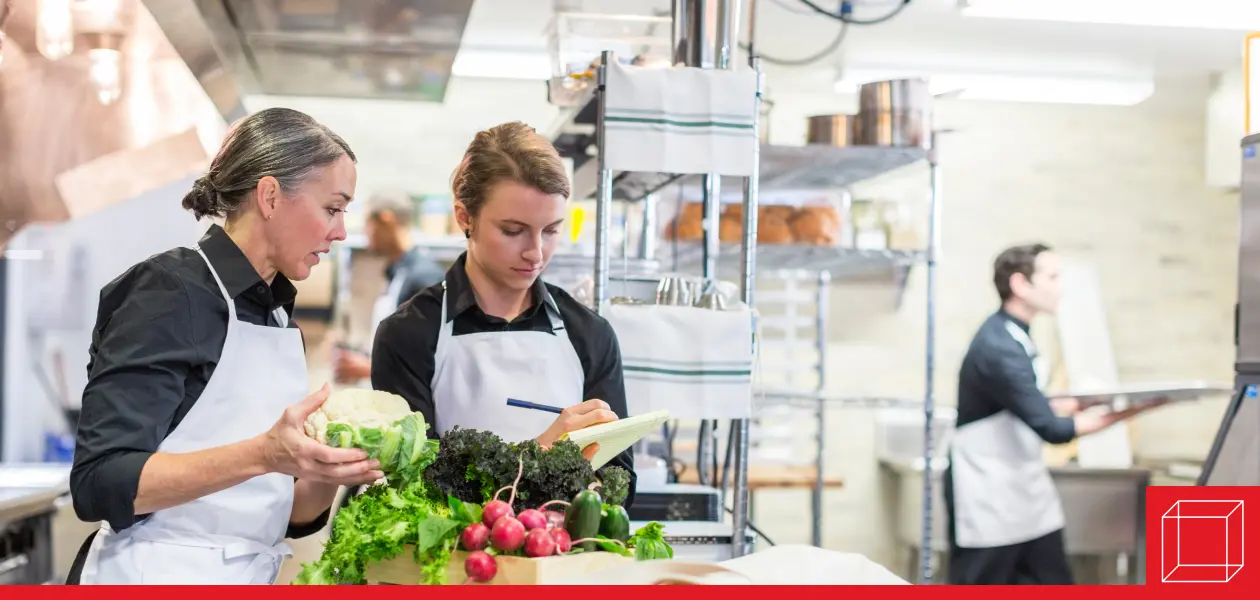Dave’s Hot Chicken Navigates Rising Labor Costs
Dave’s Hot Chicken, a Nashville-style chicken chain that started as a pop-up in Los Angeles in 2017, has grown into a billion-dollar brand.

Known for its spicy chicken tenders and unique flavors, the company has expanded rapidly, navigating rising labor costs and adapting to industry challenges. Now, with over 270 locations and a pending acquisition by private equity firm Roark Capital, Dave’s is at a pivotal moment in its history.
Adapting to Rising Labor Costs
The restaurant industry has been facing increasing labor costs, particularly in states like California, where the minimum wage for fast-food workers rose to $20 an hour in 2024. To counteract these expenses, Dave’s Hot Chicken has implemented several cost-cutting and efficiency-boosting strategies:
- Automation and Technology: Many franchisees have switched to automatic dishwashing machines, reducing the need for manual labor. The company is also testing robotic fry cookers in select locations. McDonald’s and Chick-fil-A, among other restaurants, have also explored restaurant automation.
- Self-Ordering Kiosks: The introduction of kiosks at California locations has increased customer spending, particularly on beverages, while allowing staff to focus on food preparation. The machines cost about $5,000 along with a $150 monthly service fee.
- Menu Adjustments: Dave’s has introduced more profitable menu items, such as frozen Slusher drinks and upsized beverages. Additionally, its "Hot Boxes" for group orders and smaller bite-sized portions cater to varying customer preferences.
- Operational Changes: The chain outsourced its chicken marination process and started using pre-portioned sauce packets for takeout orders, reducing manual labor. An automated oil management system now handles used and fresh oil, saving time and money. Executives also encouraged franchisees to hire out cleaning work.
While these strategies help Dave’s Hot Chicken manage rising labor costs, it’s important to note they come with potential downsides for not only Dave’s but also the American economy. Increased automation can lead to job losses or reduced hours for employees, limiting opportunities for entry-level workers. Self-ordering kiosks, while boosting sales, may reduce customer interaction and personalization, which some diners value. Additionally, relying on automation and external suppliers increases dependence on technology and third-party vendors, which could pose challenges if systems fail or supply chains are disrupted.
The Private Equity Acquisition
In February 2025, Roark Capital signed a deal to acquire Dave’s Hot Chicken for approximately $1 billion. Roark, which owns major restaurant brands such as Subway, Arby’s, and Dunkin’, specializes in franchised concepts and tends to let its acquisitions operate independently.
The acquisition comes at a time when the chicken sector is booming, with numerous brands competing for market share. Dave’s has benefited from the increasing consumer demand for fried and marinated poultry, making it an attractive investment for Roark.
The Future of Dave’s Hot Chicken
With new ownership, Dave’s Hot Chicken is positioned for further expansion. Roark’s expertise in managing large franchised brands could help the company scale while maintaining its brand identity. However, challenges remain, including balancing price increases with customer retention and continuing to innovate in a competitive market.
As the industry evolves, Dave’s will need to navigate economic pressures while preserving its signature flavors and fast-casual appeal. Whether it can maintain its momentum under Roark's ownership will be key to its long-term success.
In the Classroom
This article can be used to discuss the American economy (Chapter 1: The Dynamics of Business and Economics) and operations (Chapter 8: Supply Chain: Procurement, Operations, and Logistics).
Discussion Questions
1. How do rising labor costs in the fast-food industry reflect broader economic trends, such as inflation and the cost of living?
2. How has Dave’s Hot Chicken adapted to rising labor costs?
3. What are the benefits and risks of automating processes and outsourcing food preparation?
This article was developed with the support of Kelsey Reddick for and under the direction of O.C. Ferrell, Linda Ferrell, and Geoff Hirt.
Heather Haddon, "How Dave’s Hot Chicken Beat Rising Labor Costs," The Wall Street Journal, February 11, 2025, https://www.wsj.com/business/hospitality/how-loaded-fries-and-large-sodas-helped-one-restaurant-chain-beat-inflation-blues-2f7a2c9a
Lauren Thomas and Heather Haddon, "Private-Equity Firm Roark Nears $1 Billion Deal for Dave’s Hot Chicken," The Wall Street Journal, February 25, 2025, https://www.wsj.com/business/deals/private-equity-firm-roark-nears-1-billion-deal-for-daves-hot-chicken-92c40a7e
"Roark Capital Signs $1 Billion Deal for Dave’s Hot Chicken, Sources Say," Reuters, February 25, 2025, https://www.reuters.com/markets/deals/roark-capital-signs-1-billion-deal-daves-hot-chicken-sources-say-2025-02-25/



